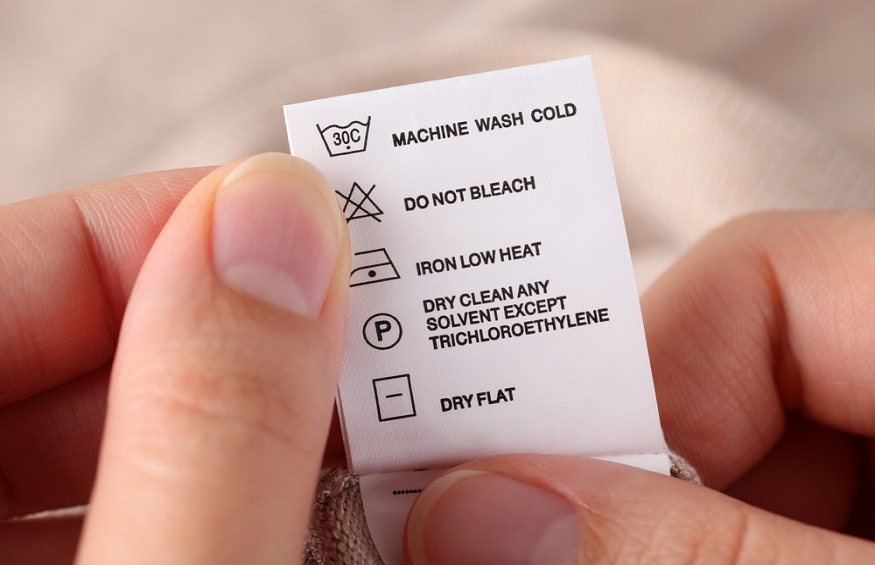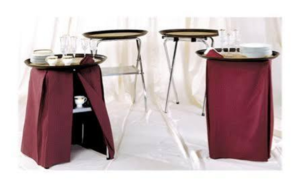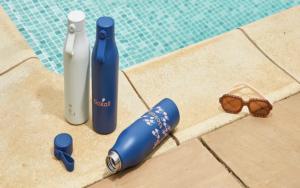Labels Still Tell You the Best Way to Clean Your Clothing

Washing and drying clothes on a regular basis makes you pretty familiar with how to do it. You don’t need detailed instructions. But every now and again, a new article of clothing makes it into the wardrobe. How do you wash and dry it? The first thing you do is look at the label.
Yes, labels are still the best way to figure out how to launder new clothing. A label tells you everything you need to know about fabric makeup and the best way to launder the piece. Most garments are machine washable; some have to be washed by hand while others are best laundered through dry-cleaning. The common thread is this: do not ignore what labels say.
Machine Washing
Most daily-use clothing items are machine washable. Your blue jeans and khakis can go right into the washing machine along with your T-shirts, permanent press collared shirts, and even your undergarments. You might still sort by colors, though doing so is not as important as it once was.
Almost all washing machine loads these days are done with cold water. This isn’t by accident. Today’s laundry detergents work better with cold water. Likewise, a combination of cold water and detergent tends to be less harmful to garments than hot water and chlorine bleach.
If a garment is best laundered in hot water, the label will say so. Washing in hot water may mean laundering that particular garment separately. Thankfully, modern washing machines have automatic water saving features that make laundering single items more practical.
Hand Washing
Delicates made of materials like wool and silk are normally hand-washed. Again, the label will tell you everything you need to know. Hand washing garments is a matter of briefly soaking them in the sink with water and a special detergent for delicates. A bit of minor agitation removes dirt, soil, and stains. Then it’s off to rinsing and air drying.
Dry Cleaning
Some types of garments can neither be put in the washing machine nor hand-washed in the sink. Thus, the only other option is dry-cleaning. We normally associate dry-cleaning with business suits, formal dresses, and linen bedding the like.
Dry-cleaning takes its name from the fact that it utilizes solvents that are either water-free or contain very little water by volume. The most common dry-cleaning solvent is known as perc. It is a chlorine-based solvent that has proved very effective over decades of use.
Despite what you may have heard, dry-cleaning is completely safe for both you and your clothes. Clothing is washed in a solvent using a specially designed machine that maintains a constant temperature. Solvent is removed after the wash cycle through extraction and steaming.
Cleaning Your Shoes
This post wouldn’t be complete without talking about shoes. Your shoes can prove a bit more difficult to clean, according to the folks at GC Tech. However, the most important information you need to know about your shoes can be found in the insoles. Write it down while your shoes are still new. After a few months of steady wear, you might no longer be able to read it.
GC Tech recommends investing in a good pair of waterproof shoe covers to minimize cleaning frequency. For the actual cleaning, they recommend investing in either a commercial shoe cleaning kit or assembling your own kit by buying the pieces individually. A good kit includes brushes, cleaning solutions, and polish.
When it comes to cleaning your clothing, labels are still your best friend. They generally tell you everything you need to know about washing, drying, etc.








